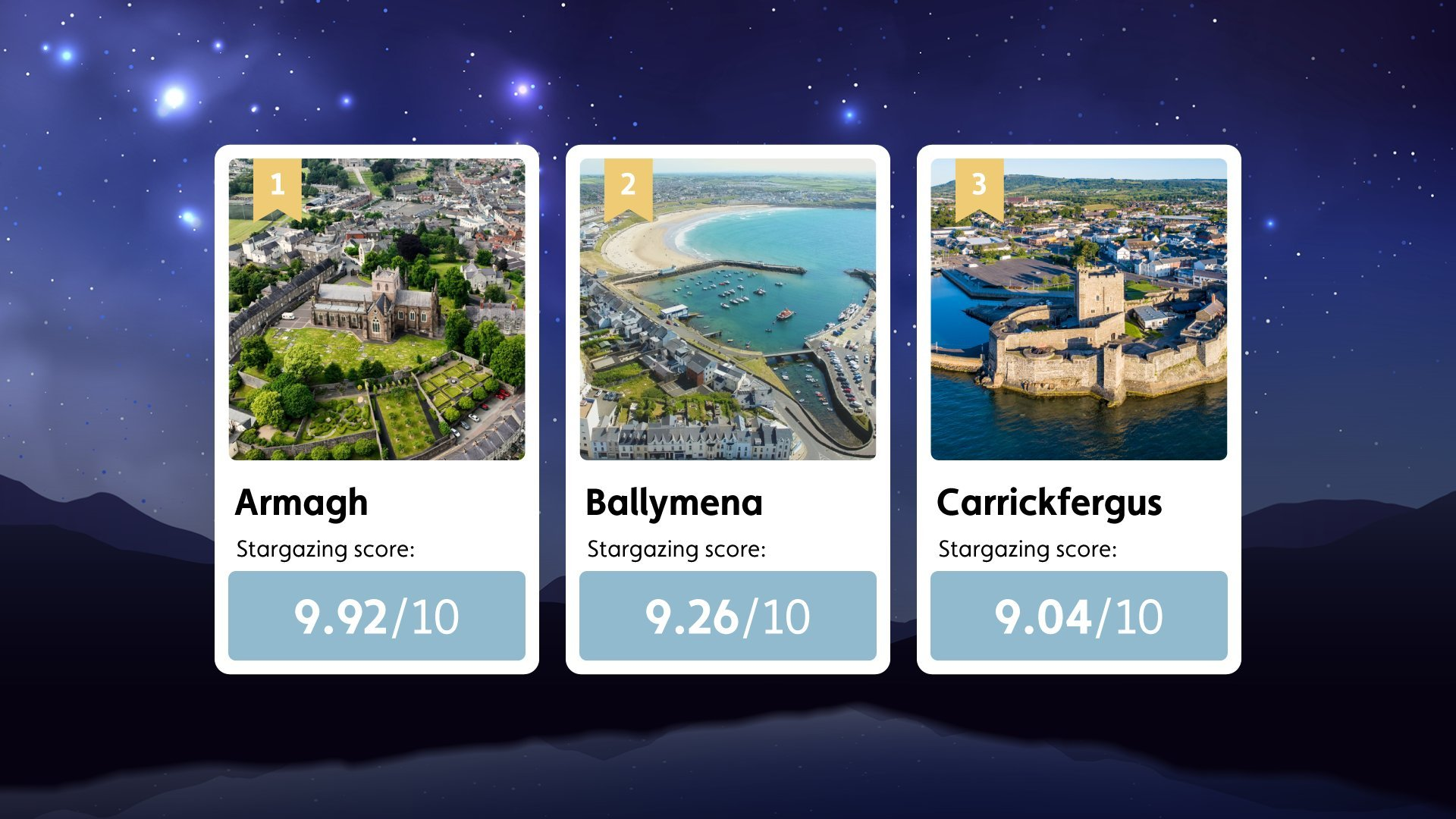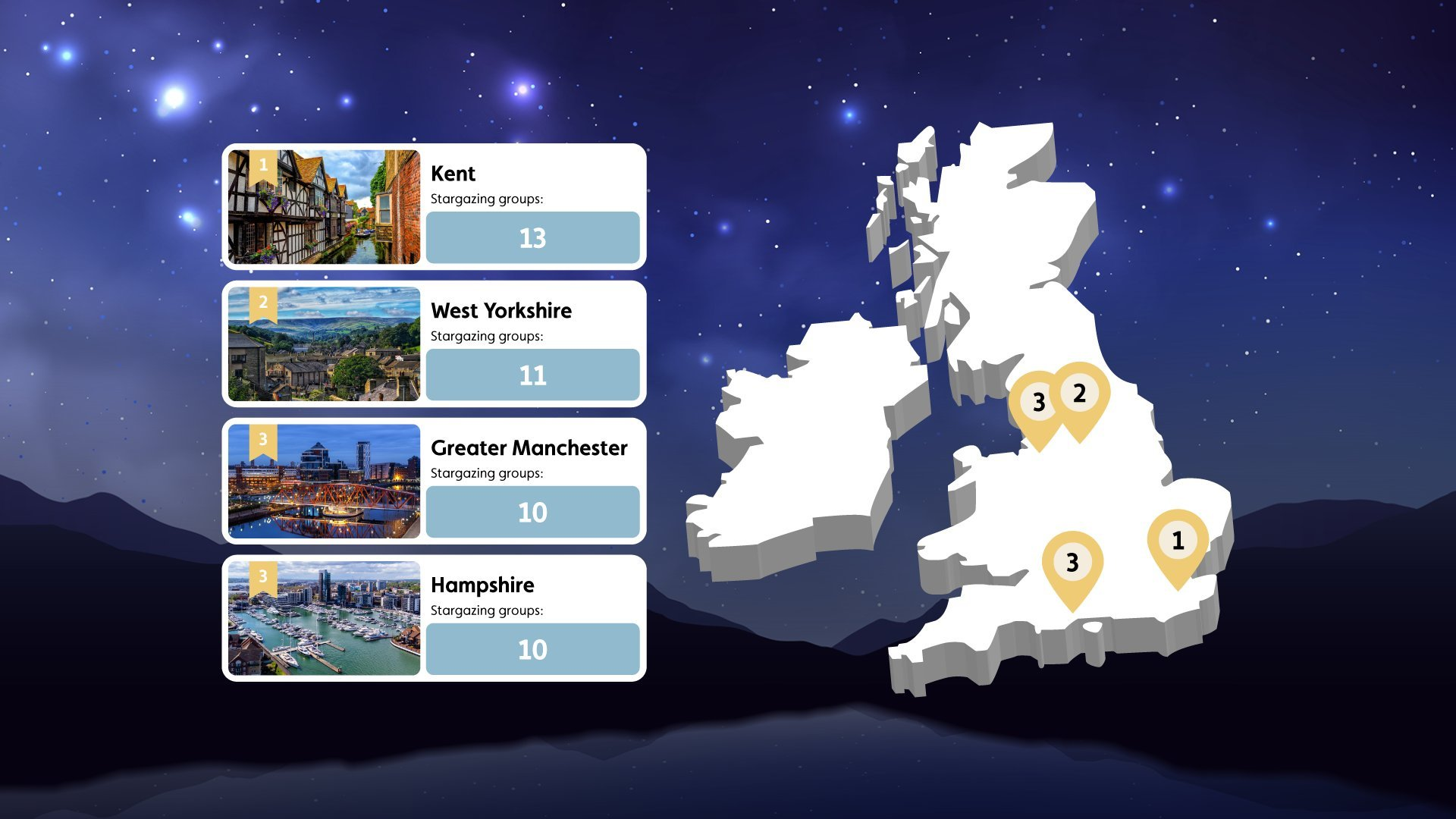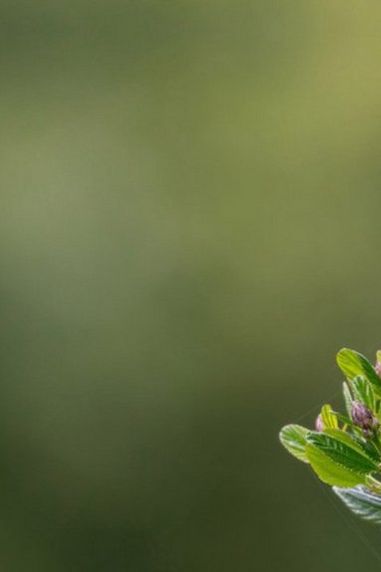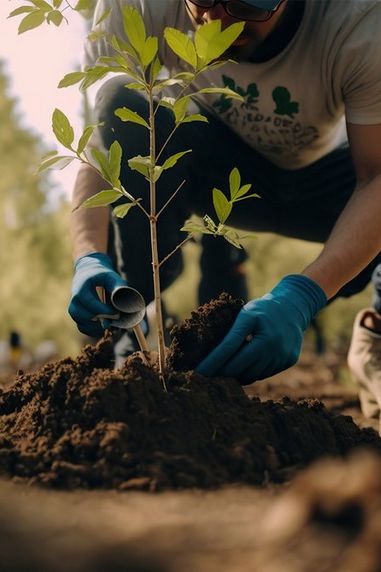
The best places to stargaze in the UK revealed
Astronomy can inspire awe and wonder about our planet and galaxy. Stargazing is one of the best ways to get outside and connect with nature while learning about celestial objects like comets and meteors.
While the stars can be seen from just about anywhere in the UK, the best sites for astronomical events are usually rural, dark sky locations away from urban life. When visiting these locations, you should wear appropriate outdoor clothing and footwear. The darkest moon phases, like a new moon, also provide ideal conditions for watching the stars.
Our experts reveal the best places in the UK and the best times of year and nights for astronomers to see the clearest views of the stars. These locations not only benefit from dark skies but also provide social opportunities, with stargazing groups and scheduled events.
We’ll also take a look at some expert tips for anyone interested in how to take top quality pictures of the stars.
Jump to:
Barnsley is the best place to stargaze in England
Dunfermline is the best place to stargaze in Scotland
Neath is the best place to stargaze in Wales
Armagh is the best place to stargaze in Northern Ireland
Kent is the best county in England for stargazing groups
Lanarkshire is the best county in Scotland for stargazing groups
Glamorgan is the best county in Wales for stargazing groups
Moffat is the best location in the UK for stargazing events
Cairngorms is the most popular place to see the northern lights
Best Nights To Stargaze in 2024
Best Times Of Year To Stargaze
How To Take Pictures Of The Stars
Methodology
Barnsley is the best place to stargaze in England

Barnsley offers the best stargazing conditions out of all major towns and cities in England. Barnsley is in the ten locations with the lowest light pollution, with a 2.58 mcd/m2 brightness. Dark locations provide optimal conditions for seeing astronomical phenomena, as there is less artificial light to wash out the faint glow of stars, meteor showers, and more.
The South Yorkshire town is also among the top 20 English towns and cities for low air pollution. Although air pollution levels are less impactful on star visibility than dark conditions, a high air quality index (AQI) can cause haze, smog and particulate matter in the atmosphere. These conditions can negatively affect stargazing; therefore, Barnsley’s low AQI contributes to the town’s optimal stargazing conditions. Taking a rucksack can help you carry the necessary equipment if you visit Barnsley to stargaze.
| Rank | Location | Light pollution level - brightness (mcd/m2) | Air quality index | Stargazing score/10 |
|---|---|---|---|---|
| 1 | Barnsley | 2.58 | 27 | 9.92 |
| 2 | Northampton | 1.85 | 31 | 9.87 |
| 3 | York | 2.71 | 27 | 9.62 |
| 4 | Brighton | 2.19 | 31 | 9.47 |
| 5 | Bournemouth | 1.87 | 33 | 9.45 |
| 6 | Rochdale | 2.85 | 27 | 9.32 |
| 7 | Oxford | 1.98 | 35 | 9.15 |
| 8 | Swindon | 2.16 | 36 | 8.97 |
| 9 | Peterborough | 2.49 | 33 | 8.95 |
| 10 | Havering (London) | 2.94 | 28 | 8.92 |
Dunfermline is the best place to stargaze in Scotland

Dunfermline is the best town in Scotland for keen astronomers to witness meteor showers, comets, auroras, and more. Dark, clear skies provide the best conditions for seeing such events, and Dunfermline has the lowest light pollution level out of Scottish towns and cities in our study. The area has a 1.59 mcd/m2 brightness, making it the optimal destination for avoiding bright city light that can wash out faint stars' glow.
The town also has a low air quality index (AQI) of 22, where a score of 50 or below is considered good. Of all the Scottish locations we looked at, Dunfermline is in the top three for the best AQI, indicating the presence of clear skies with minimal haze and particulate matter.
| Rank | Location | Light pollution level - brightness (mcd/m2) | Air quality index | Stargazing score/10 |
|---|---|---|---|---|
| 1 | Dunfermline | 1.59 | 22 | 9.96 |
| 2 | Cumbernauld | 2.32 | 20 | 8.62 |
| 3 | Kirkcaldy | 1.84 | 26 | 7.73 |
| 4 | Dundee | 2.61 | 25 | 6.18 |
| 5 | Livingston | 2.82 | 23 | 5.96 |
| 6 | East Kilbride | 3.16 | 22 | 4.62 |
| 6 | Paisley | 3.09 | 24 | 4.62 |
| 8 | Edinburgh | 4.13 | 23 | 3.29 |
| 9 | Glasglow | 6.6 | 20 | 2.40 |
| 10 | Aberdeen | 5.43 | 30 | 1.29 |
Neath is the best place to stargaze in Wales

The market town of Neath, located in Neath Port Talbot, is the optimal Welsh location for witnessing astronomical events, thanks to its dark skies and low air quality index (AQI). The town is the second darkest of all locations we looked at, with a 1.14 mcd/m2 brightness, second only to Llanelli. When stargazing, choosing a dark location away from artificial brightness and city lights is ideal for witnessing the stars.
Neath is also among the five Welsh towns and cities with the lowest AQIs. While Cardiff, Bridgend, and Newport have a lower AQI than Neath, darkness significantly impacts stargazing opportunities more than smog and particulate matter in the air.
| Rank | Location | Light pollution level - brightness (mcd/m2) | Air quality index | Stargazing score/10 |
|---|---|---|---|---|
| 1 | Neath | 1.14 | 34 | 9.95 |
| 2 | Llanelli | 1.12 | 39 | 9.72 |
| 3 | Merthyr Tydfil | 1.29 | 35 | 8.61 |
| 4 | Wrexham | 1.49 | 34 | 8.17 |
| 5 | Barry | 1.56 | 37 | 6.39 |
| 6 | Bridgend | 1.76 | 31 | 5.94 |
| 6 | Caerphilly | 1.61 | 35 | 5.94 |
| 8 | Newport | 2.29 | 31 | 4.17 |
| 9 | Cardiff | 4.42 | 21 | 3.50 |
| 10 | Swansea | 1.9 | 46 | 3.28 |
Armagh is the best place to stargaze in Northern Ireland

Those looking to see astronomical phenomena in Northern Ireland should consider visiting Armagh. The county town of County Armagh is the darkest major location in the country, with a brightness of 1.12 mcd/m2. Armagh is the joint darkest location in our study across all UK towns and cities, with a brightness level matched only by Llanelli in Wales. These dark conditions provide the ideal setting for watching the stars, ensuring their glow is not washed out by artificial lighting.
The Northern Irish town has an air quality index (AQI) of 35, where 50 or below is considered good, clean air. While Armagh’s AQI is among the highest of the ten most populous towns and cities in the country, the town’s exceptionally dark skies significantly impact astronomical gazing more than air quality. Although a high AQI can indicate the presence of haze and particulate matter in the atmosphere, Armagh’s AQI is still considered good and is unlikely to impair the views of the stars.
| Rank | Location | Light pollution level - brightness (mcd/m2) | Air quality index | Stargazing score/10 |
|---|---|---|---|---|
| 1 | Armagh | 1.12 | 35 | 9.92 |
| 2 | Ballymena | 1.14 | 29 | 9.26 |
| 3 | Carrickfergus | 1.45 | 28 | 9.04 |
| 4 | Newtownards | 1.55 | 26 | 8.37 |
| 5 | Bangor | 1.74 | 28 | 7.26 |
| 6 | Lisburn | 1.76 | 21 | 7.25 |
| 7 | Newtownabbey | 2.44 | 21 | 5.48 |
| 8 | Craigavon | 1.77 | 36 | 4.36 |
| 9 | Derry | 2.47 | 25 | 4.14 |
| 10 | Belfast | 5.23 | 28 | 2.81 |
Kent is the best county in England for stargazing groups

An astronomy group can provide optimal stargazing opportunities, allowing you to connect with others with a shared interest and join observing sessions. Kent is the English county providing the most opportunities for stargazing. It is home to thirteen astronomy groups, including the South East Kent Astronomical Society, Beacon Astronomy Group, and Cranbrook and District Science and Astronomical Society.
| Rank | County | Number of Stargazing Groups |
|---|---|---|
| 1 | Kent | 13 |
| 2 | West Yorkshire | 11 |
| 3 | Greater Manchester | 10 |
| 3 | Hampshire | 10 |
Lanarkshire is the best county in Scotland for stargazing groups

Home to three astronomy groups, the historic county of Lanarkshire is the best for social stargazing for astronomers in Scotland. The historical Scottish area of Lanarkshire is home to the Airdrie Astronomical Association, Clydesdale Astronomical Society, and the Astronomical Society of Glasgow.
| Rank | County | Number of Stargazing Groups |
|---|---|---|
| 1 | Lanarkshire | 3 |
| 2 | Renfrewshire | 2 |
| 2 | Edinburgh | 2 |
| 2 | Peeblesshire | 2 |
| 2 | Banffshire | 2 |
| 2 | Dumfriesshire | 2 |
| 2 | Stirlingshire | 2 |
| 2 | Inverclyde | 2 |
Glamorgan is the best county in Wales for stargazing groups

In Glamorgan, keen astronomers can find six stargazing groups for social astronomy opportunities. Glamorgan is home to the Barry Astronomical Society, Bridgend Astronomical Society, and Cardiff Astronomical Society, among other groups.
| Rank | County | Number of Stargazing Groups |
|---|---|---|
| 1 | Glamorgan | 6 |
| 2 | Monmouthshire | 5 |
| 3 | Denbighshire | 2 |
Moffat is the best location in the UK for stargazing events

Attending an astronomy event is one of the best ways to witness astronomical phenomena, providing benefits like meeting like-minded people and accessing resources, including telescopes. The best location in the UK for stargazing events is Moffat, in Dumfries and Galloway. The officially recognised Dark Sky Discovery Site has 156 upcoming events, with the Moffat Community Observatory holding meetings every day from 19:00 to 21:00.
| Location | Area | Upcoming stargazing events |
|---|---|---|
| Moffat | Dumfries and Galloway | 156 |
| Washington | Tyne & Wear | 74 |
| Sidmouth | Devon | 53 |
| Newchurch | Isle of Wight | 45 |
| Newcastle-under-Lyme | Staffordshire | 40 |
| Widnes | Cheshire | 37 |
| St Andrews | Fife | 37 |
| Manchester | Greater Manchester | 37 |
| Usk | Monmouthshire | 37 |
| Greenock | Renfrewshire | 37 |
Cairngorms is the most popular place to see the northern lights

Of all officially recognised Dark Sky Places, the Cairngorms is the most popular location according to search interest for witnessing the aurora borealis. The Tomintoul and Glenlivet area is particularly known for its Dark Sky Site status. There were 3,180 Google searches for the northern lights in the Cairngorms National Park in the past year. The rural location often experiences rain and wind, so a waterproof jacket is essential if you visit the Cairngorms to stargaze.
| Rank | Location | Country | Google searches for northern lights (01/04/2023 - 31/03/2024) |
|---|---|---|---|
| 1 | Tomintoul and Glenlivet – Cairngorms | Scotland | 3,180 |
| 2 | Galloway Forest Park | Scotland | 2,640 |
| 3 | Bannau Brycheiniog National Park (Brecon Beacons) | Wales | 1,980 |
| 4 | Eryri National Park (Snowdonia) | Wales | 570 |
| 5 | Yorkshire Dales National Park | England | 420 |
| 6 | Northumberland National Park and Kielder Water & Forest Park | England | 300 |
| 7 | Exmoor National Park | England | 120 |
The best nights to stargaze in 2024*

The best predicted nights to stargaze in the next five months are during the new moon phase of September 2024. From the second to the fifth days of September, the illumination level from moonlight will be at 3% and below, with extended darkness hours.
| Date | Illumination | Hours of Darkness | Minutes of Darkness |
|---|---|---|---|
| 02/09/2024 | 1% | 20:00-04:00 | 480 |
| 03/09/2024 | 0% | 19:58-04:01 | 483 |
| 04/09/2024 | 1% | 19:55-04:03 | 488 |
| 05/09/2024 | 3% | 19:53-04:05 | 492 |
Best Nights To Stargaze in May

From the 6th to the 9th of May is the best time of the month to witness astrological phenomena, with the lowest levels of illumination and most minutes of darkness through the nights. The 8th and 9th of May mark a new moon, therefore the illumination level is predicted to be 1% and below. This level of darkness will allow keen observers to witness faint stars without the moonlight washing out their light.
Best Nights To Stargaze in June

Those stargazing in June are predicted to have the most success when observing between the 4th and 7th of the month. The new moon phase will likely begin on the 5th of June, bringing total darkness to the nights of the 6th and 7th of the month. During these nights, when observing in a rural location away from artificial light, astronomers have a greater chance of witnessing events like shooting stars.
Best Nights To Stargaze in July

If you plan to stargaze in July, the nights that will likely be the darkest for the longest amount of time are between the 5th and the 8th of the month. The July new moon phase is estimated to begin on the 5th of June, lasting until the 7th, with the waxing crescent moon phase covering the 8th night. The best night to stargaze during this period of time is the 6th of July, when the moonlight illumination level is predicted to be 0%, with total darkness between 22:13 and 01:57.
Best Nights To Stargaze in August

In August, the best nights to get outside and observe the night sky are between the 4th and the 7th of the month. While the new moon phase of the month is likely to begin on the 3rd, the nights of the 4th until the 7th bring the most extended hours of darkness. The best night to stargaze is the 5th of August, with a 0% moonlight illumination level and darkness hours from 21:12 to 03:01.
*This data is accurate to the Royal Observatory Greenwich in London.
Best Times Of Year To Stargaze
Observing season
The ‘observing season’ refers to the time of year when celestial phenomena are most clearly visible in the night sky.
Winter is the best time of the year to stargaze - generally from when clocks go back in October, when nights become one hour longer, to the time they go forward in March when nights become one hour shorter. Winter often brings clearer skies due to reduced humidity levels and darker nights.
Many stargazing events and group meetups are organised during this period. Due to limited darkness and star visibility, many non-commercial observatories are closed during summer.
Summer Twilight
The summer months often bring long days and short nights and can significantly reduce stargazing opportunities.
The skies take longer to get dark after sunset and often get lighter earlier before sunrise, providing increased twilight hours. This results in a shorter period of time to view dark skies.
Despite this, around midnight, summer constellations like Aquila, Cygnus, and Lyra can be seen from the UK.
Moon Phases
Natural moonlight washes out the faint light from most stars, leaving only the brightest stars visible. Therefore, the full moon is often the worst time to stargaze — at this time, even dark sky sites, free from artificial light pollution, are often no darker than a built-up city centre.
The best time to go stargazing is the days before, during, and soon after each new moon when there is no moon visible in the sky to disrupt the darkness. You will have better views of fainter objects, such as galaxies, nebulae and star clusters when using a telescope during a new moon.
You can track moon phases online or using apps. Popular websites to track the moon phase include Moon Phases and Go Stargazing. Look out for the waning crescent, new moon, and waxing crescent phases, which often offer the most ideal conditions for spotting constellations and astronomical objects.
How to take pictures of the stars

1. Use a wide-angle or fisheye lens
A wide-angle lens lets you capture as much of the night sky as possible. Although fisheye lenses introduce some optical distortion, this often makes images even more interesting. A rucksack can help you carry all the stargazing and photography equipment you need.
2. Use a tripod
A sturdy tripod is essential when capturing photos of the stars. Long-exposure images that last 15-30 seconds yield the best results, and your camera must be completely still and stable when capturing these to avoid blurriness.
3. Choose a dark location
You will get the best results when shooting in a location away from light pollution. This will result in the clearest images.
4. Use a camera with manual settings
A DSLR camera with manual settings gives you complete control over settings, including aperture, shutter speed, and ISO. This means you can adjust the settings to provide optimal results with some experimentation.
5. Use a fast and wide aperture
A lens with a wide aperture (low f-stop number) lets more light in, letting you accurately capture even the faintest stars. You should use the widest aperture your lens allows. An aperture at or below f/2.8 is ideal.
6. Increase ISO sensitivity
Increasing the ISO sensitivity of your camera makes it more sensitive to light. An ISO of 1600-3200 is an ideal starting point. Full-frame sensors often offer better high-ISO capabilities and fast shutter speeds. If shooting in an area with more light pollution, like a city, you should keep the ISO at around 800 to reduce noise.
7. Adjust shutter speeds
Setting your shutter speed to around 25 seconds lets you capture the faintest, most distant stars. Any longer than around 30 seconds can lead to blurry results.
8. Turn off autofocus
Turning off autofocus lets you ensure all the stars in your frame are in focus.
9. Use a remote shutter release
A remote shutter release or timer can reduce movement resulting from physically pressing the camera button.
10. Choose the right time
Choosing a good location is a great start, but some nights are darker than others. Nights with the least moonlight offer the darkest conditions for astrophotography.
Clear skies are the perfect conditions for stargazing, but these conditions can also result in much cooler temperatures as the heat escapes the atmosphere more easily. Make sure you wrap up warmly with a jacket and bring a thermal flask for a quick and convenient source of heat.
Many of our stargazing locations are rural locations with uneven or rocky terrains; always set out with the right pair of boots and bring an appropriate-sized rucksack or bag to carry essentials and spare clothing.
Methodology
Using the Office for National Statistics estimates of the population for the UK (England, Wales, Scotland and Northern Ireland), we compiled a list of towns and cities across the UK. Using Table MYE2, we looked at 81 English towns, cities, and London boroughs, excluding counties and regions, with a total population (mid-2021) of 200,000 or more. We looked at the ten most populated cities and towns in Scotland, Wales, and Northern Ireland.
Using the Light Pollution Map, we sourced the light pollution level at the centre of each location, looking at brightness (mcd/m2) on 04/04/2024. We sourced the air quality index of each location using Accuweather on 05/04/2024. We used a weighted percentrank system to give each area a normalised score out of ten for each factor, with light pollution given full weighting and air pollution given 0.25. Lower levels of light pollution and air pollution received higher relative scores. We revealed the darkest sites in the UK to stargaze in each country (England, Scotland, Wales, and Northern Ireland), creating separate rankings. We used this to name the best places to see unique sightings, such as supermoons, shooting stars, and meteor showers, based on the darkest sites to stargaze.
We sourced the number of astronomy clubs in each county by scraping the location of each astronomy group from Go Stargazing on 29/03/2024. We sorted each astronomy group by UK county. We created rankings for each UK country (England, Scotland, Wales, and Northern Ireland).
We revealed the best times of the year to go stargazing, including full-moon times, summer twilight and observing season, sourced from Go Stargazing.
We sourced the best nights to stargaze using Go Stargazing. We revealed the nights in April, May, June, July, August, and September with the least illumination and the most hours of darkness. We used a percentrank scoring system to give each night a normalised score out of ten for each factor, giving each factor equal weighting. This data is accurate to the Royal Observatory Greenwich in London.
We sourced all forthcoming listed stargazing events in the UK using Go Stargazing on 16/04/2024, the latest of which is currently in September 2025. We sorted these events by town/ city to reveal the locations with the most upcoming stargazing events.
We revealed the best UK areas for seeing the northern lights by looking at international dark sky locations sourced from Dark Sky. We used Google Ads Keyword Planner to source the number of global Google searches for the northern lights in each area from 01/04/2023 to 31/03/2024. We used various search terms for each location, including ‘Caingorms northern lights’.





